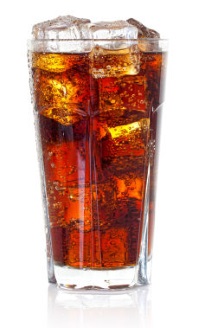Bioactive glasses (bioglass fluoro phosphosilicate) dissolve under acidic conditions to protect teeth.
Bioactive glasses (bioglass) dissolve faster under acidic conditions than neutral or basic conditions.
When faced with an acid challenge as a result of bacteria metabolising sugars or drinking an acidic beverage the glass dissolves. Quickly raising the pH and releasing calcium phosphate and fluoride ions to minimise the acid dissolution of the enamel apatite crystals.
Five inorganic reaction stages are commonly thought to occur when a bioactive glass is immersed in a physiological environment:
- Ion exchange in which modifier cations (mostly Na+) in the glass exchange with hydronium ions in the external solution.
- Hydrolysis in which Si-O-Si bridges are broken, forming Si-OH silanol groups, and the glass network is disrupted.
- Condensation of silanols in which the disrupted glass network changes its morphology to form a gel-like surface layer, depleted in sodium and calcium ions.
- Precipitation in which an amorphous calcium phosphate layer is deposited on the gel.
- Mineralization in which the calcium phosphate layer gradually transforms into crystalline hydroxyapatite, that mimics the natural mineral phase.

Related articles
Benefits of fluorapatite
Fluorapatite is more resistant to acid than tooth enamel (hydroxyapatite) and hence gives greater protection against acid attack. Conventional toothpaste introduces fluoride during brushing, however, the fluoride rapidly diminishes at an exponential rate.
